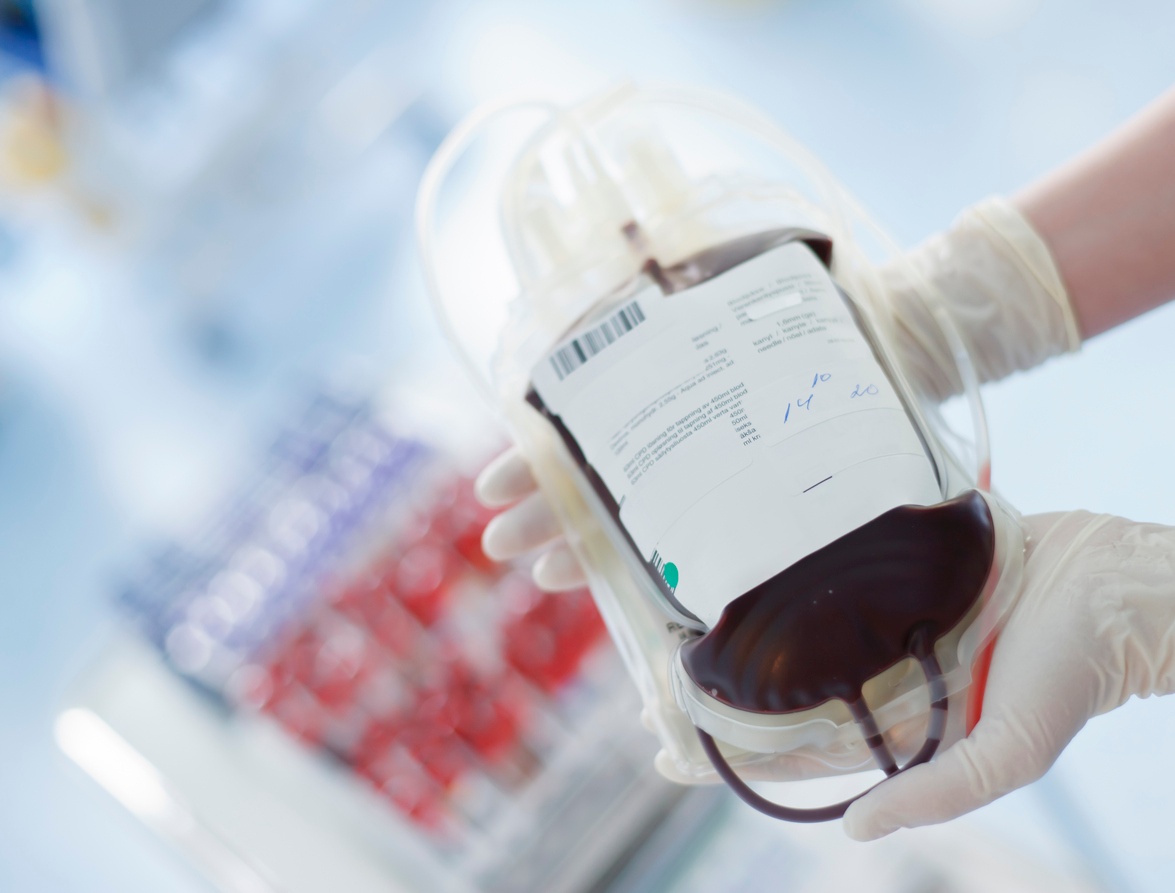
Childhood obesity rates have been increasing steadily for 30 years. Currently, 1 in 6 children is considered obese, meaning they have excess body fat. Being overweight or obese happens due to “caloric imbalance”: simply put, children are taking in more calories than they ...

Overall, receiving a blood transfusion is one of the safest medical procedures in the United States. The U.S. blood supply is safer today than it’s ever been. According to the CDC, there are an estimated 5 million patients who receive blood annually, and 9.5 million blood donors. ...

Millennials, defined as the generation born between 1979 and 1998, now outnumber Baby Boomers as the largest generation in America. (Poor Gen X’ers aren’t even close.) Millennials have a different approach to healthcare than Boomers, which is hardly surprising. ...

Sepsis is an increasingly serious healthcare puzzle. The Centers for Disease Control and Prevention (CDC) estimates that between one million and three million Americans are diagnosed with sepsis annually, and 15 to 30 percent of them will die. Sepsis most commonly occurs in patients over 65, but children and people with compromised immune systems are ...
![Featured post]()
Nurse-owned-and-operated Pocket Nurse® has a successful history of providing solutions, equipment, products, and supplies to help provide realistic educational experiences for healthcare students in the classroom and simulation lab, ultimately resulting in better patient safety.










